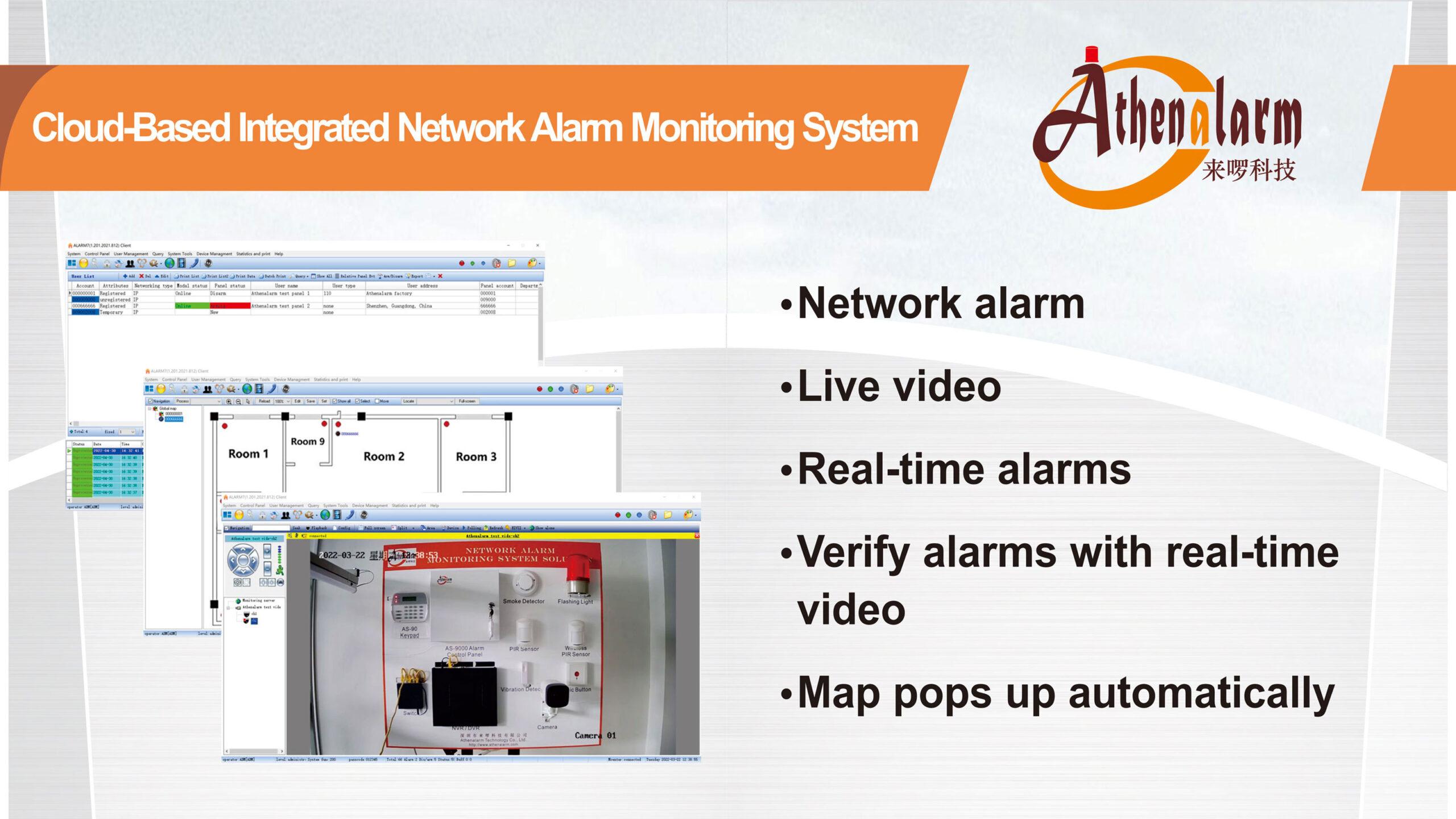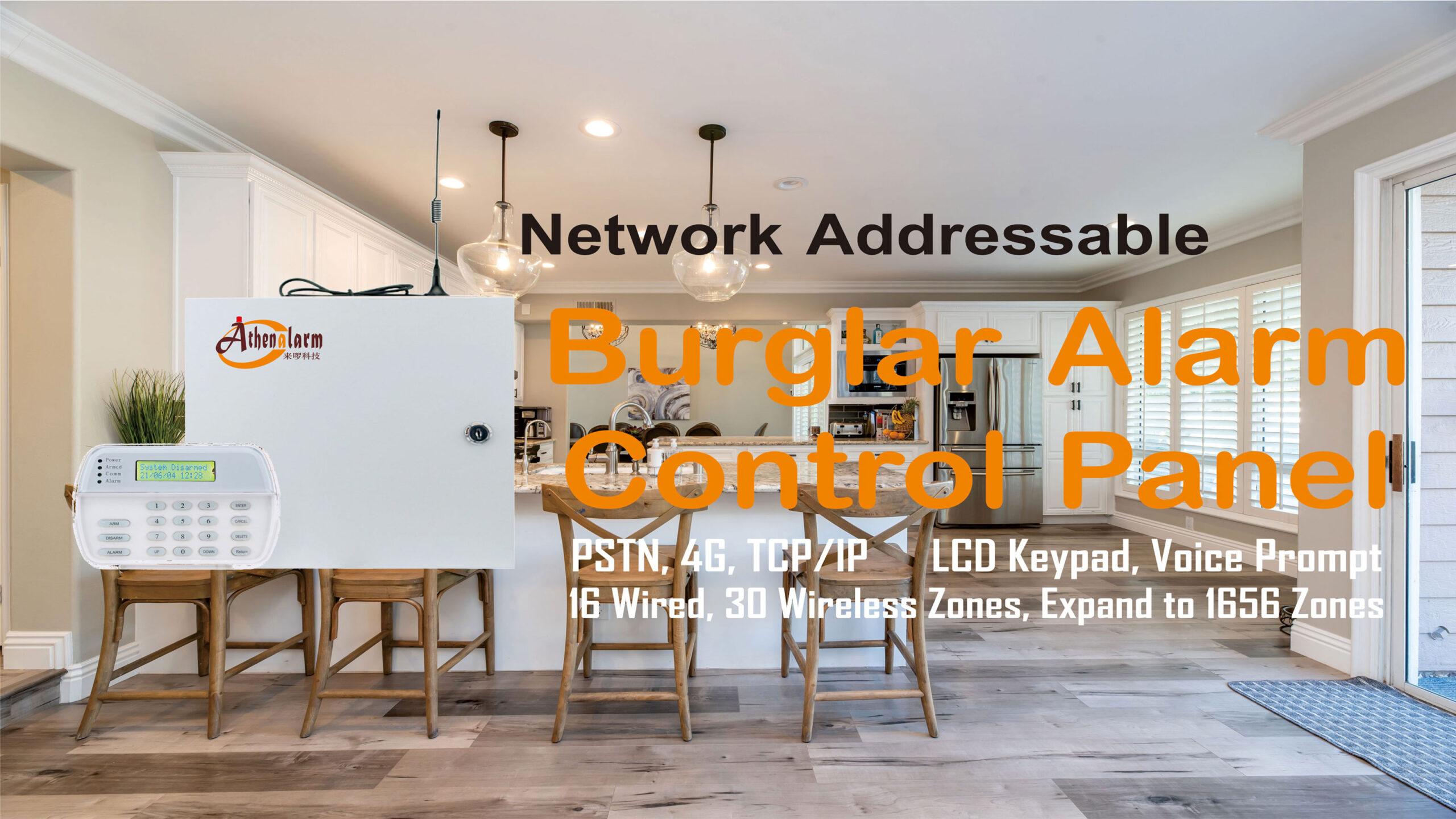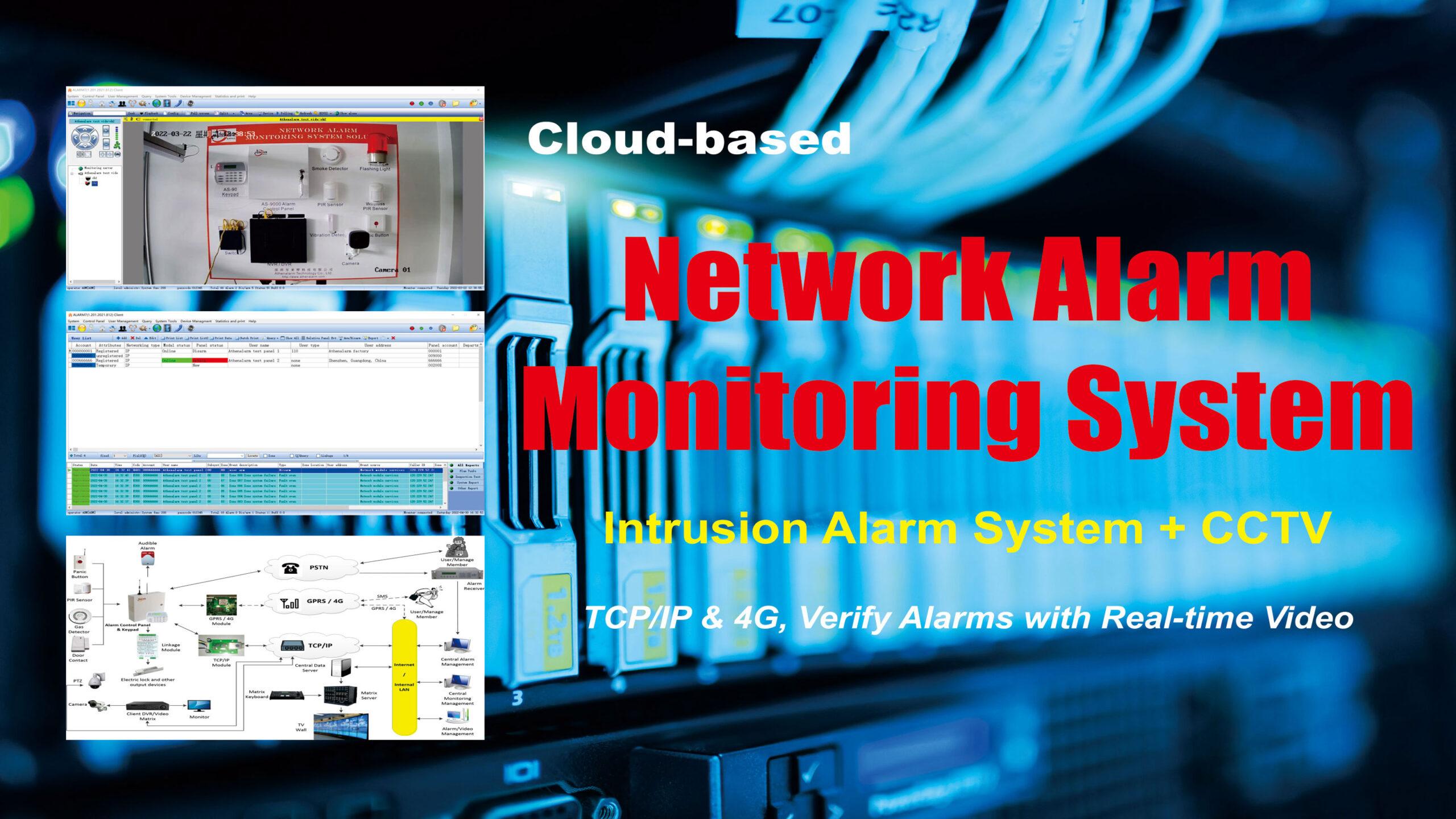



Matters Needing Attention in 485 Wiring
Chapter 1 Basic Knowledge of 485 Wiring
1. What kind of communication line should be used for the 485 bus?
Must use shielded twisted pair cables. The recommended type of shielded twisted pair is RVSP2*0.5 (two-core shielded twisted pair, each core is composed of 16 strands of 0.2mm wire). The use of shielded twisted pair helps to reduce and eliminate the distributed capacitance between two 485 communication lines, as well as the common mode interference from around the communication line.
Most engineering companies are accustomed to using Category 5 network cables or Category 5e network cables as 485 communication lines, which is wrong. This is because:
- Ordinary network cables have no shielding layer and cannot prevent common mode interference.
- The network cable is only 0.2mm square, and the wire diameter is too thin, which will reduce the transmission distance and reduce the number of devices that can be connected.
- The network cable is a single-strand copper wire, which is easier to break than a multi-core wire.
2. Why grounding?
The 485 transceiver can work normally only when the specified common mode voltage is between -7V and +12V. If it exceeds this range, the communication will be affected, and the communication interface will be seriously damaged. Common-mode interference can increase the above-mentioned common-mode voltage. One of the effective means to eliminate common mode interference is to use the shielding layer of the 485 communication line as the ground wire, connect the equipment in the network such as machines, computers, etc., and connect them to the ground reliably from one point.
3. How should the 485 communication line be routed?
Communication lines should be kept away from high-voltage lines as far as possible, and should not be paralleled with power lines, let alone bundled together.
4. Why does the 485 bus use a hand-in-hand structure instead of a star structure?
The star structure will produce reflected signals, which will affect 485 communication. The length of the branch line from the bus to each terminal device should be as short as possible, generally not exceeding 5 meters. If the branch line is not connected to the terminal, there will be reflected signals, which will cause strong interference to the communication, so it should be removed.
5. Can there be joints between devices on the 485 bus?
In the same network system, use the same cable to minimize the number of joints in the line. Ensure that the joints are well welded and tightly packed to avoid loosening and oxidation. Guarantee a single, continuous signal path as the bus.
6. What is common mode interference and differential mode interference? How to eliminate interference on the communication line?
The 485 communication line is composed of two twisted-pair wires. It transmits signals through the voltage difference between the two communication lines, so it is called differential voltage transmission.
Differential mode interference is transmitted between two signal lines, which is a symmetrical interference. The method to eliminate differential mode interference is to add a bias resistor in the circuit and use twisted pair; common mode interference is transmitted between the signal line and the ground, which belongs to asymmetrical interference. Methods for eliminating common-mode interference include:
- Use shielded twisted pair and effectively ground
- Where there is a strong electric field, galvanized pipe shielding should also be considered
- Keep away from high-voltage lines when wiring, let alone bundle high-voltage power lines and signal lines together
- Do not share the same power supply with the electric lock
- Use linear regulated power supply or high-quality switching power supply (ripple interference is less than 50mV)
7. Under what circumstances should terminal resistors be added to the 485 bus?
Generally, there is no need to increase the terminal resistance. Only when the 485 communication distance exceeds 100 meters, the terminal resistance should be added at the beginning and end of the 485 communication.
8. How to extend the communication distance of 485?
One of the specifications of the 485 network is 1.2 kilometers in length and 32 nodes. If this limit is exceeded, 485 repeaters or 485 hubs must be used to expand the network distance or the number of nodes.
Using 485 repeaters or 485 hubs, a large 485 network can be divided into several network segments. A 485 repeater or 485 hub is like a “bridge” connecting 485 network segments. Of course, each network segment still follows the above 485 specification, that is, 1.2 kilometers in length and 32 nodes.
The 485 hub is an extension of the concept of the 485 repeater. It not only solves the multi-fork problem, but also solves the problem of mutual isolation between network segments, that is, if a problem occurs in a certain network segment (such as a short circuit, etc.), it will not affect the network to other network segments, thus greatly improving the security and stability of large-scale networks.
We can experience the benefits of the star wiring network from the development process of the local area network from the bus type to the star type. Similarly, the star-shaped 485 network composed of 485 hubs will also be a direction for the development of the 485 network.
Chapter 2 Clarifies Several Concepts
Concept 1: The communication distance of 485 bus can reach 1200 meters.
In fact, only in theory of the 485 bus structure, under the premise of an ideal environment, it is possible to make the transmission distance reach 1200 meters. Generally speaking, it means that the communication wire meets the standard, the baud rate is 9600, and only one 485 device can make the communication distance reach 1200 meters, and being able to communicate does not mean that every communication is normal. Therefore, usually the actual stable communication distance of the 485 bus is far less than 1200 meters. There are many load 485 devices, the impedance of the wire is not up to the standard, the wire diameter is too thin, the quality of the converter is poor, the lightning protection of the equipment, the increase of the baud rate and other factors will reduce the communication distance.
Concept 2: The 485 bus can communicate with 128 devices.
In fact, not all 485 converters can carry 128 devices. It should be judged according to the model of the chip in the 485 converter and the model of the chip of the 485 equipment, according to the low principle. Generally, the load capacity of 485 chips has three levels: 32 units, 128 units, and 256 units. Theoretical claims are often unattainable in practice. The longer the communication distance, the higher the baud rate, the thinner the wire diameter, the worse the quality of the wire, the worse the quality of the converter, the insufficient power supply of the converter (passive converter), and the stronger the lightning protection, these will greatly reduce the real load quantity.
Concept 3: 485 bus is the simplest, most stable and most mature industrial bus structure.
This notion is wrong. It should be: 485 bus is an economical traditional industrial bus method for equipment networking. Communication quality needs to be tested and debugged based on construction experience. Although the 485 bus is simple, it must be installed and constructed in strict accordance with the construction specifications for wiring.
Chapter 3 Strict Several Construction Specifications
- The 485+ and 485- data lines must be twisted pairs with each other.
- Wiring must be multi-strand shielded twisted pair. Multiple strands are for backup, shielding is for debugging in special cases, twisted pair is because 485 communication adopts the principle of differential mode communication, and twisted pair is anti-interference. It is wrong not to use twisted pair.
- The 485 bus must be a hand-in-hand bus structure, and resolutely put an end to star connection and fork connection.
- The AC power supply and the chassis of the equipment must be truly grounded and well grounded.
- There are many places where there are triangular sockets on the surface, but in fact there is no grounding at all, so be careful. When the grounding is good, it can ensure that when the equipment is struck by lightning, surge impact, or static electricity accumulates, it can cooperate with the lightning protection design of the equipment to release energy better. Protect 485 bus equipment and related chips from harm.
- Avoid walking with strong electricity, so as not to interfere with it.
Chapter 4 Several Common Communication Faults
- No communication, no response.
- Data can be uploaded, but not downloaded.
- When communicating, the system prompts that there is interference. Or when not communicating, the communication indicator light keeps flashing.
- Sometimes it can communicate, sometimes it can’t. Some commands can be passed, and some commands can’t.
Chapter 5 Recommends Several Debugging Methods
First of all, make sure that the equipment wiring is correct and strictly conforms to the specifications.
- Common ground method: Use one wire or shielded wire to connect the GND grounds of all 485 devices, so as to avoid the potential difference between all devices that affects communication.
- Termination resistance method: On the 485+ and 485- of the last 485 device, connect a 120-ohm termination resistance to improve the communication quality.
- Middle section disconnection method: By disconnecting from the middle, check whether the equipment is overloaded, the communication distance is too long, or the damage of a certain equipment affects the entire communication line and other reasons.
- Single wire pulling method: pull a single wire to the device temporarily, so that it can be used to rule out whether the communication fault is caused by the wiring.
- Replacement converter method: Carry a few converters with you, so that you can rule out whether the quality of the converter affects the communication quality.
- Laptop debugging method: first ensure that the computer notebook you carry with you is a device with normal communication, and replace the client’s computer to communicate. If it can, it indicates that the serial port of the client’s computer may be damaged or injured.
Chapter 6 Some Suggestions and Advice
1. It is recommended that users use and purchase 485 converters provided by regular manufacturers or 485 converters of brands recommended by manufacturers.
The manufacturer will do a lot of testing work on the matching 485 converter, and will separately require the 485 manufacturer to install its fixed performance parameters for production and quality testing, so it has better compatibility with the manufacturer’s equipment. Don’t try to buy cheap 485 converters from no-name manufacturers.
2. Carry out construction in strict accordance with the construction specifications of the 485 bus, and prevent any luck.
For the case of long lines and heavy loads, active and scientific solutions with reservations are adopted.
If the communication distance is too long, it is recommended to use a repeater or 485HUB to solve the problem if the bus exceeds 500 meters.
If there are too many loads, it is recommended to use 485HUB to solve the problem if there are more than 30 devices on one bus.
3. On-site commissioning brings complete commissioning equipment.
On-site debugging must be carried with you: several converters that can be used to connect long distances and multiple loads, a commonly used computer notebook, a multimeter for testing circuit breaks, and several 120-ohm terminal resistors.
Link: AS-9000 series alarm control panels (addressable, RS-485)
